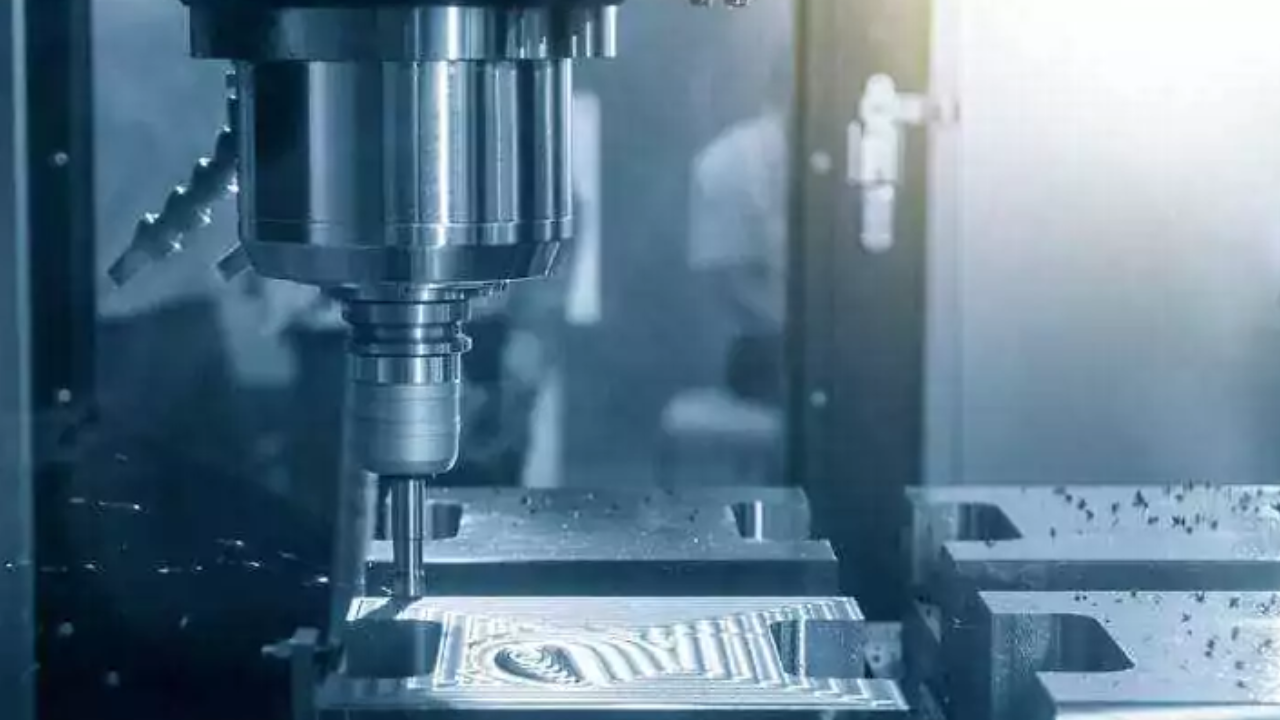Forging dies are the unsung heroes of the metalworking world, transforming raw materials into precise and intricate components that serve as the backbone of numerous industries. These specialized tools, made with precise accuracy, go through a rigorous manufacturing process to withstand the harsh conditions of forging.
Forging dies necessitates a combination of engineering skills and metallurgical know-how, from original design to material selection and heat treatment to precise machining and finishing. This succinct guide explores the convoluted process of forging dies manufacturing, emphasizing the vital role these tools play in providing high-quality, lasting products across varied areas of the manufacturing landscape.
Forging Dies Manufacturing Process
Forging dies serve an important role in the metalworking industry, allowing raw materials to be transformed into complicated and precisely shaped components. Forging dies is a complex operation that requires precision, durability, and a thorough understanding of metallurgy. In this detailed guide, we will look into the numerous procedures involved in the fabrication of forging dies, from design to finished output.
Design and Engineering
The process of forging dies begins with careful design and engineering. Engineers and metallurgists work together to develop a blueprint that matches the unique needs of the anticipated forging process. In this step, computer-aided design (CAD) software is typically used, allowing for detailed three-dimensional models of the dies.
Material Selection
The material used to forge dies is crucial to their performance and longevity. Because of their excellent qualities, such as high hardness, wear resistance, and toughness, high-alloy tool steels are widely employed. Hot forging dies are commonly made with H13 and D2 tool steels, but cold forging dies may use materials such as A2 or S7. The choice is influenced by parameters such as projected operating temperature, forging process type, and die life.
Treatment and Heat Processing
The raw material is cut and formed into the first form of the die once the design and material have been finalized. This precursor is heated to create the necessary hardness and toughness. Controlled heating and cooling cycles are used in heat treatment, which typically includes operations such as quenching and tempering. Quenching is the process of rapidly cooling a hot metal to give it toughness.
Machining and Shaping
Precision machining is an important stage in forging die manufacturing because it shapes the hardened material according to the design specifications. CNC machining centers are widely used because of their accuracy and efficiency in cutting, milling, and drilling dies. To obtain the tight tolerances and surface finishes required for effective forging operations, the machining process necessitates a high level of skill. Electro-discharge machining (EDM) can also be used to create cavities in die surfaces or for precise detailing.
Assembly and Finishing
In other circumstances, forging dies are made up of several components that join together to produce the entire tool. These components are painstakingly constructed to ensure precise alignment and cohesiveness. The finishing touches are critical for the forging dies’ operation and longevity. Surface coatings or treatments can be used to increase wear resistance and decrease friction.
Lubrication and Cooling
Forging dies work in harsh environments with high temperatures and pressures. Lubrication is critical to reducing friction between the dies and the hot metal, preventing wear, and guaranteeing smooth material flow. Lubricants based on graphite or water are often employed in forging operations, and die designs frequently include channels for effective lubricant delivery.
Quality Control and Inspection
To assure the integrity and precision of the finished product, the forging die manufacturing process is subjected to stringent quality control techniques. Coordinate Measuring Machines (CMMs) and other advanced metrology instruments are used to ensure dimensional accuracy and adherence to design criteria. Non-destructive testing procedures, such as ultrasonic or magnetic particle testing, can be used to detect hidden flaws or irregularities in the material.
Testing and Validation
Forging dies are thoroughly tested and validated before being used in actual production. Prototype forging runs may be carried out to evaluate the performance of the dies under real-world conditions. During the testing step, producers can fine-tune the dies and make any necessary alterations to maximize their efficiency and longevity.
Maintenance and Refurbishment
Forging dies are subjected to rigorous operating conditions, which cause wear over time. Regular maintenance is essential for extending the life of the dies and maintaining consistent quality in the forged components. To address any evidence of wear or damage, routine inspections, cleaning, and, if necessary, refurbishment activities are conducted.
Summary
Manufacturing forging dies is a complex operation that requires a seamless blend of engineering precision and modern machining technologies. Each step is critical to ensuring that the forging dies meet the severe criteria of today’s metalworking industry. As technological innovations influence the industrial landscape, the evolution of forging die manufacture is critical in supplying components that meet the highest quality and durability criteria.

